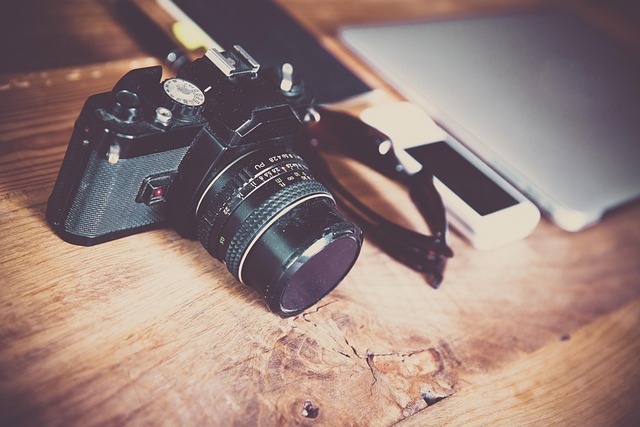Photography is an art form that allows us to capture moments and tell stories through the lens of a camera. With the captivating world of optics, enhancing those stories involves mastering various components, particularly camera exposure. Understanding exposure is vital for every photographer, as it dictates how light interacts with your photos, transforming everyday scenes into stunning visuals.
The relationship between light and your camera is a delicate balance. When you adjust the aperture, shutter speed, or ISO, you are essentially deciding how much light will enter your camera and hit the sensor. Too much light can wash out your images, making them appear overexposed, while too little may render them dark and underexposed. This balance is crucial for creating captivating photographs that resonate with viewers.
Experimenting with exposure settings can lead to creative breakthroughs. For instance, using a slower shutter speed can create beautiful motion blur, capturing the essence of movement in your shots. Imagine a dancer mid-twirl, with her arms elegantly blurred while the background remains sharp, evoking a sense of motion. In contrast, fast shutter speeds can freeze action, allowing you to capture a fleeting moment with crisp clarity. Think of a camera capturing the splashes of water from a jumping fish, forever preserving that very instant in time.
Aperture also plays a significant role in how your images turn out. A wide aperture (low f-stop number) results in a shallow depth of field, which is essential for portraits or macro photography. This technique beautifully blurs the background, drawing attention to your subject and creating a sense of intimacy. Consider the portrait of a loved one, where their eyes are in sharp focus while the surrounding environment fades away, imbuing the image with emotion and connection.
On the other hand, a narrow aperture (high f-stop number) sharpens the entire scene, making it perfect for landscapes or architectural shots. Imagine standing at the edge of a stunning vista, where every detail, from a distant mountain range to the foreground flowers, is captured with stunning clarity. A camera can bring the intricacies of nature to life, allowing viewers to appreciate the beauty of even the smallest details.
Don’t forget about ISO, an equally important aspect of exposure that controls your camera’s sensitivity to light. In low-light situations, increasing the ISO can help you achieve the desired exposure without sacrificing shutter speed or aperture settings. However, higher ISO levels can introduce noise into your images, which could compromise quality. Learning to find that sweet spot will enable you to take beautiful photographs in challenging scenarios, such as an evening event or a dimly lit venue.
As you delve into the world of photography and optics, remember that practice makes perfect. Don’t shy away from experimenting with different combinations of aperture, shutter speed, and ISO. Each adjustment alters the expression of your image, allowing you to explore various moods and interpretations. Each time you pick up your camera, consider it not just a tool for capturing reality, but a versatile instrument for exploring your creative vision.
In conclusion, the journey of mastering exposure can transform your photography practice from merely taking pictures into creating art. With every click of your camera, you harness the principles of optics, narrating stories that resonate deeply with viewers. So grab your camera, venture outside, and start experimenting with exposure today!



